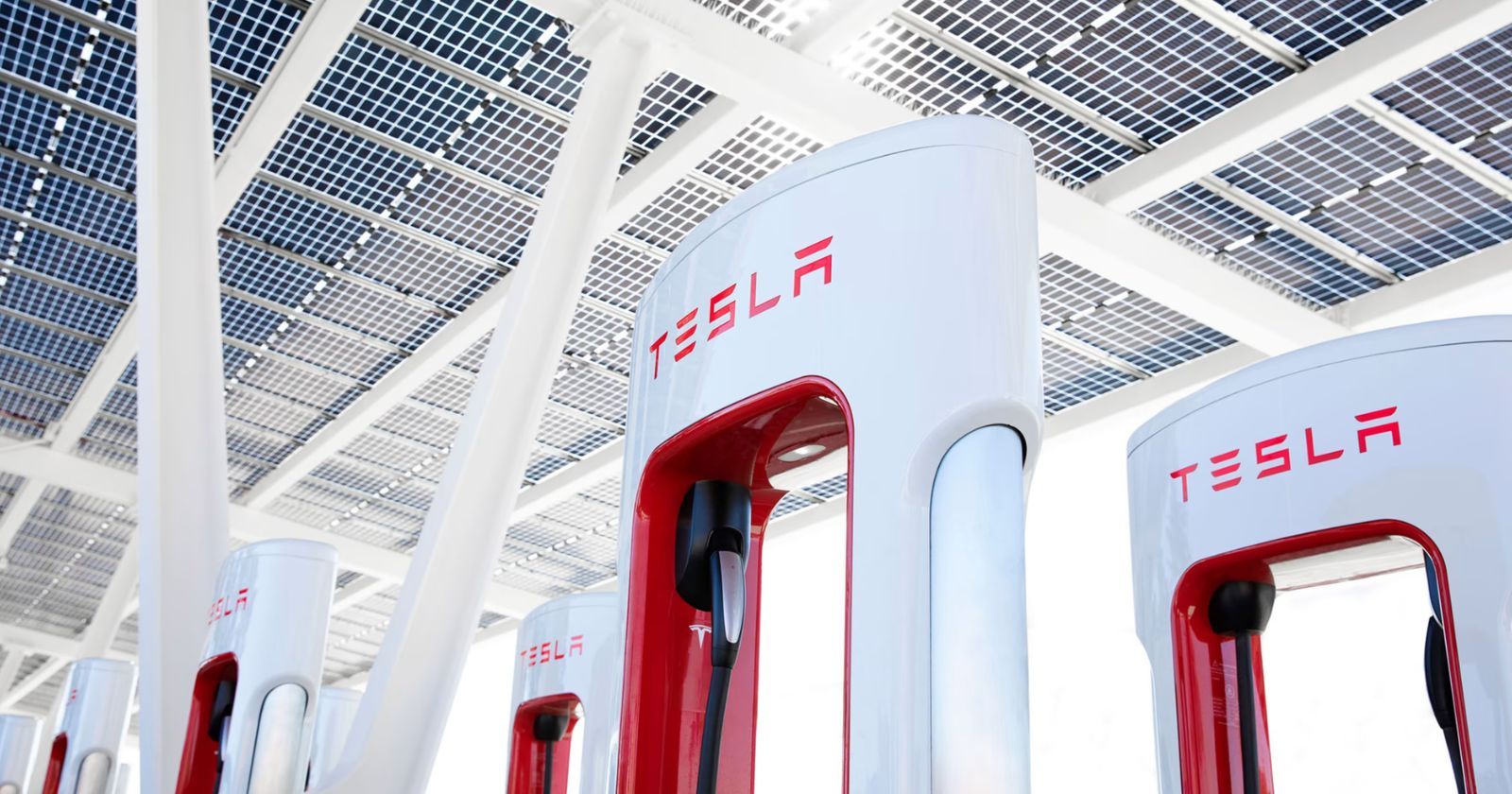
India has already set an ambitious target to procure 50 per cent of its energy demand from renewable sources by 2030.

Share Post

India has already set an ambitious target to procure 50 per cent of its energy demand from renewable sources by 2030.
India is on a mission to achieve net zero emission by 2070. As part of this objective, NITI Aayog will be finalising a policy on this matter and investments required across different sectors. This is expected to further spur up our existing ambitious plan to procure 50 per cent of our energy requirement from renewable sources by 2030.
The upcoming policy will lay down the guidelines after assessing the country’s technological position, and the kind of upgrades it requires. This move aligns with the Government’s major push for EVs across the country, and in order to transform the existing transportation system into electric we will require a wide network of charging stations. Currently, we are lacking in this area, and the same will require a lot of financial investments.
(Also Read: Tesla Model Y And Model 3 Likely To Be First Cars For India?)
These investments will also form the basis for our future course of action. Plus the upcoming policy will also point out the investment gap for external support that the country needs to fulfill to achieve net zero ambitions. Co-incidentally, with Tesla India also gearing up for launch in the country —the American EV company has already established a wide network of Tesla Superchargers across America — the same is expected to be replicated here as well.

However, the investments required to achieve the aforementioned target will not be an easy affair. Reports cite that NITI Aayog has already received several estimates from different organisations which range from $10 trillion to $15 trillion (i.e. equivalent to ₹83 crore lakh to ₹128 crore lakh). This is quite the high ask for as per the current World GDP index India’s current GDP is only $4.19 trillion (i.e. approximately ₹34.77 lakh crores) . By 2070, it is predicted that India’s GDP will reach $45.8 trillion (i.e around ₹3,801.4 lakh crore), and the above investment estimates are far too high for it to make any financial sense. The Aayog has also set nine inter-ministerial working groups and has been holding active discussions with stakeholders to come up with a blueprint. This will set the course to make “India a developed country in the next 25 years”, the report cited.
(Also Read: BYD Reveals EV Platform with 1,000 kW Charging, 400 km Range in 5 Minutes)
Furthermore, a significant technological upgrade has been emphasised repeatedly across all sectors if India wants to achieve net zero emissions by 2070. This is in continuation to the 2024-25 budget which mentioned that it will be working on a policy document on green energy transition pathways.
Mercedes-Benz Design Head Wagener Quits After 28 Years, Baudy To Succeed
Acko Drive Team 18 Dec, 2025, 4:03 AM IST
India at Dakar 2026: Sanjay Takale Announces Participation with Aerpace Racers
Acko Drive Team 17 Dec, 2025, 12:56 PM IST
ACMA, Spark Minda Host Tech Show to Strengthen Tier-2 and Tier-3 Supplier Capabilities
Acko Drive Team 17 Dec, 2025, 11:36 AM IST
Tesla Must Change Autopilot Marketing or Lose California Sales for 30 Days
Acko Drive Team 17 Dec, 2025, 10:11 AM IST
First Tesla Superchargers in Gurugram Now Operational
Acko Drive Team 17 Dec, 2025, 9:43 AM IST
Looking for a new car?
We promise the best car deals and earliest delivery!
